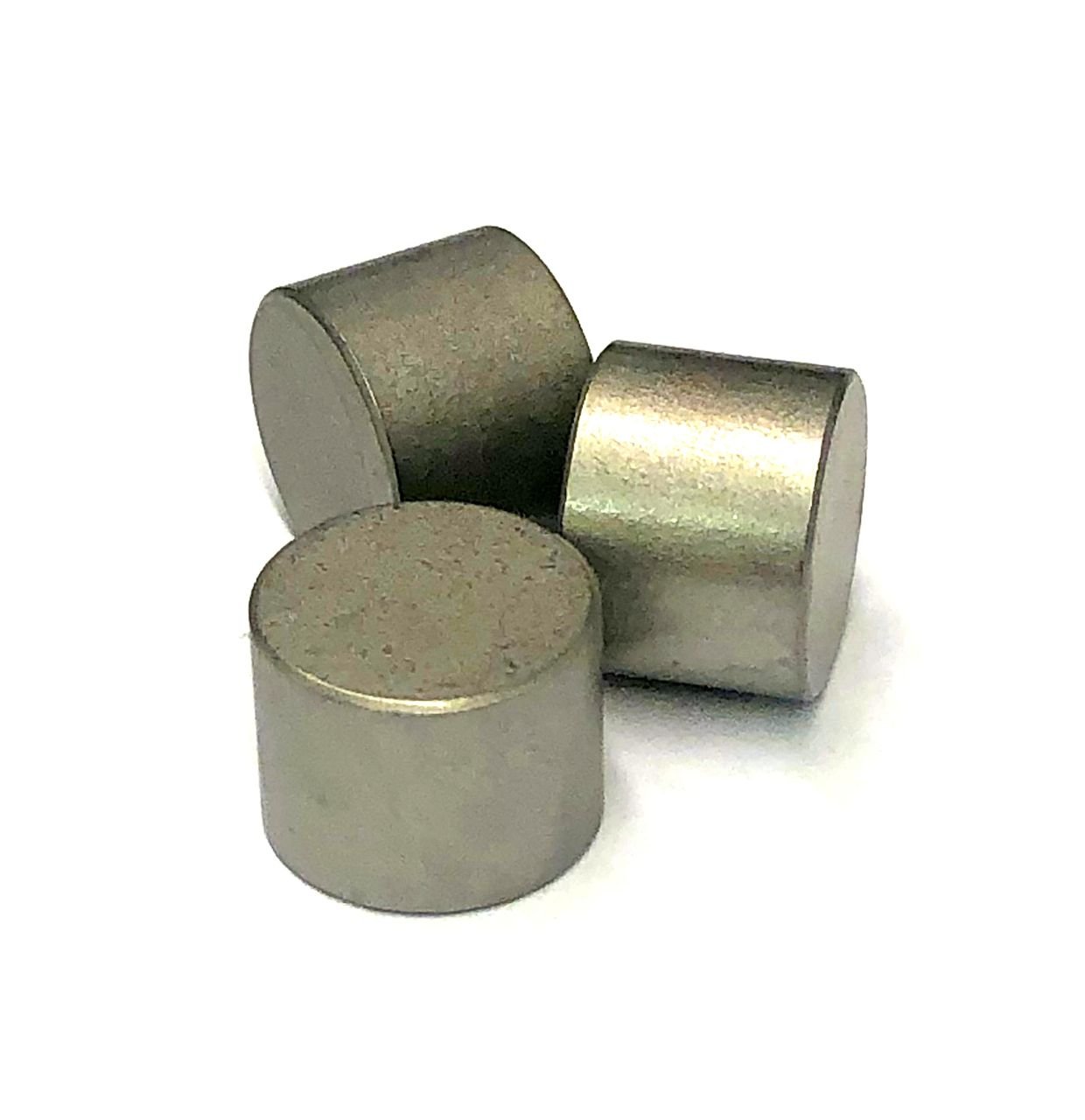When it comes to optimizing the performance of an AR-15 rifle, every component plays a crucial role. Among these components, the buffer weight stands out as a significant factor in controlling the rifle’s recoil, cycling reliability, and overall shooting experience. In recent years, tungsten buffer weights have gained traction among firearms enthusiasts for their unique properties and performance benefits. In this article, we’ll delve into the differences between various buffer weights, particularly focusing on the H1, H2, and H3 variants, and explore how tungsten buffer weights are revolutionizing the AR-15 platform.
Understanding Buffer Weights
Before diving into the specifics of tungsten buffer weights, let’s first understand the function of a buffer within an AR-15 rifle. The buffer assembly is a critical component located within the rifle’s lower receiver extension (commonly known as the buffer tube). Its primary function is to absorb the rearward force generated by the recoil of the rifle and to ensure reliable cycling of the firearm’s action.
Buffer weights come in various configurations, denoted by designations such as H1, H2, and H3. These designations indicate the number and type of weights contained within the buffer assembly, with each variant offering distinct characteristics in terms of recoil management and cyclic rate.
Differentiating H1, H2, and H3 Buffer Weights
H1 Buffer: The H1 buffer typically consists of one weight and one steel weight. This configuration provides a moderate level of recoil reduction while maintaining a relatively standard cyclic rate. It strikes a balance between recoil mitigation and cyclic reliability, making it a versatile choice for many shooters.
H2 Buffer: Stepping up from the H1, the H2 buffer contains two weights and one steel weight. This configuration offers increased mass, resulting in more effective recoil reduction compared to the H1 buffer. As a result, shooters may experience smoother operation and reduced felt recoil, particularly when firing higher-pressure ammunition.
H3 Buffer: At the top end of the spectrum, the H3 buffer features three weights. This configuration provides the highest level of recoil reduction among the three variants, making it ideal for rifles chambered in larger calibers or configured with suppressors. The added mass helps Tame recoil forces significantly, enhancing shooter comfort and control.
Remember to consider the overall balance between recoil reduction and cyclic reliability when selecting a buffer weight for your AR-15 rifle. Each variant offers distinct advantages, allowing you to tailor your rifle’s performance to suit your preferences and shooting requirements.
How to Pick a Buffer Weight
Selecting the appropriate buffer weight for your AR-15 rifle involves considering several factors, including the rifle’s caliber,gas system configuration, and intended use. Here’s a brief guide to help you make an informed decision:
Caliber Compatibility: Different calibers generate varying levels of recoil. For rifles chambered in standard calibers like .223/5.56, a lighter buffer weight such as an H1 or H2 may suffice. However, rifles chambered in larger calibers or configured for use with a suppressor may benefit from the increased recoil reduction provided by an H3 buffer.
Gas System Configuration: The length and tuning of the rifle’s gas system can influence its recoil characteristics. Rifles with shorter gas systems, such as those utilizing pistol-length or carbine-length gas systems, may benefit from heavier buffer weights to ensure reliable cycling and mitigate the increased bolt carrier velocity associated with shorter dwell times.
Intended Use: Consider how you plan to use your rifle. If you primarily engage in precision shooting or competition where rapid follow-up shots are crucial, a buffer weight that offers effective recoil reduction without compromising cyclic rate is desirable. For tactical applications or defensive use, reliability and consistent cycling under various conditions should be prioritized.
Experimentation and Testing: Ultimately, the optimal buffer weight for your rifle may require some experimentation and testing. Start with a buffer weight that aligns with your rifle’s specifications and intended use, then evaluate its performance through practical shooting sessions. Pay attention to factors such as felt recoil, muzzle control, and reliability to determine if adjustments are necessary.
By carefully considering these factors and experimenting with different buffer weights, you can tailor your AR-15 rifle’s recoil management and cycling characteristics to suit your specific preferences and shooting needs.
Tungsten Buffer Weights
Tungsten buffer weights have become increasingly popular due to their superior density and ability to concentrate masswithin a compact space. Tungsten, being significantly denser than traditional steel or lead, allows for the construction of buffers with higher mass without increasing their physical size.
The use of tungsten in buffer weights offers several advantages:
Increased Recoil Reduction: Tungsten’s high density enables buffer weights to provide more effective recoil mitigation compared to traditional materials. This translates to reduced muzzle rise and improved follow-up shot accuracy.
Enhanced Durability: Tungsten is renowned for its exceptional strength and durability. Buffer weights constructed with tungsten are more resistant to deformation and wear, ensuring consistent performance over prolonged use.
Optimized Balance: Tungsten’s density allows for precise weight distribution within the buffer assembly, resulting in improved balance and overall rifle handling characteristics.
Conclusion
In the world of AR-15 rifles, every component plays a crucial role in determining performance. Tungsten buffer weights, with their superior density and performance benefits, are revolutionizing the way shooters manage recoil and optimize cyclic reliability. Whether opting for an H1, H2 , or H3 variant, the incorporation of tungsten buffer weights offers shooters a tangible advantage in terms of recoil control, durability, and overall shooting experience. As firearm enthusiasts continue to seek ways to enhance the performance of their rifles, tungsten buffer weights stand out as a key innovation driving the evolution of the AR-15 platform.

